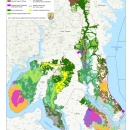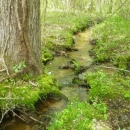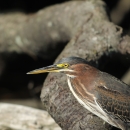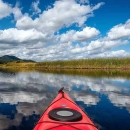Habitat management
Evaluating New Refuge Lands in Southern Maryland
States
MassachusettsOn September 24, 2024, the Director of the U.S. Fish and Wildlife Service approved a Land Protection Plan (LPP) to establish an acquisition boundary for the Southern Maryland Woodlands National Wildlife Refuge. The FWS Northeast Region Division of Realty settled on a 31.38-acre parcel in Nanjemoy, Charles County, Maryland, to formally establish the refuge on December 5, 2024.
Final Land Protection Plan and Environmental Assessment
For more information about this project, please see the Press Release, Frequently Asked Questions and the final Land Protection Plan and Environmental Assessment document.











